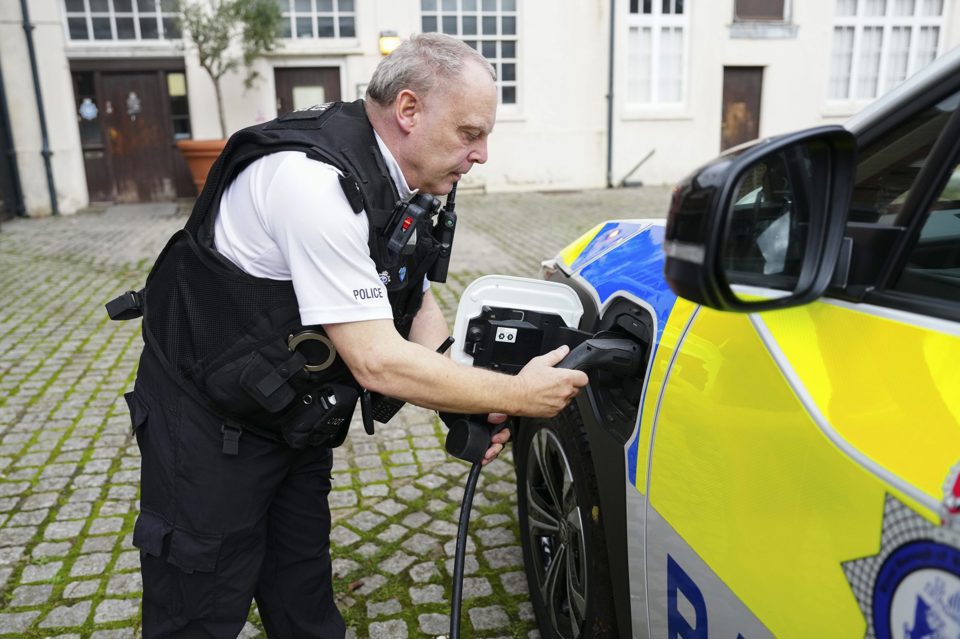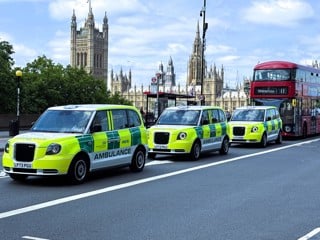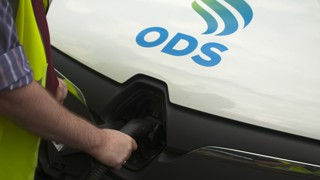A Government-funded initiative is aiming to to maximise the efficiency of zero-emission emergency service vehicles with new technology.
Funded by Innovate UK under the Net Zero Mobility programme, Project RESPONSE (Robust Emergency Services Performing Operations in Electric) seeks to address some of the barriers to blue light operations planning and dispatch systems.
The project will be led by Flexible Power Systems (FPS) with support from Cenex.
FPS is developing the new platform based on their existing Operate architecture.
Operate is data integration software that works with the existing ecosystem used to manage fleet operations. It connects information about the status of the power available to ensure charging and journey scheduling are booked to maximise efficiencies.
It is currently used by commercial fleets to optimise their electric van deployment and has been very successful in reducing operational costs whilst eliminating tailpipe carbon emissions.
For RESPONSE, Operate will investigate how digital tools and artificial intelligence can be applied to emergency dispatch systems to better accommodate ZE response vehicles.
FPS is looking to address the challenges of charging and range restrictions by creating a co-pilot that delivers streamlined choices for the human dispatcher.
Michael Ayres, managing director of FPS, said: “The electrification of emergency services vehicles presents the biggest challenge yet in the decarbonisation of transport. The complexities of assessing the correct vehicle to dispatch are myriad for the operator. We’re very proud that Cenex chose us to deliver this crucial service.”
RESPONSE is being supported in the development stage by a user focus group consisting of ‘blue light’ organisations.
Based in the UK and the Netherlands, the participating partners sharing information about the operations of their current systems currently include NHS England, Southwest Police Service, Kent Police and Essex Police, and Ambulancezorg Nederland, the Dutch Ambulance association representing all 25 regional ambulance services (including 10 regional dispatch centres).
Leveraging its experience in blue light stakeholder liaison, modelling, and visualisation of vehicle journeys and charging needs, as well as supply chain analysis, Cenex will facilitate the identification of user requirements for current dispatch systems and explore necessary adaptations for zero-emission vehicles.
Dr Peter Speers, principal technical specialist at Cenex, said: “Project RESPONSE offers an exciting opportunity to utilise our extensive experience in supporting emergency fleets and apply it to the development of zero-emission emergency service operations.
“With our deep understanding of vehicle technology and fleet operations, we are committed to maximising efficiency and ensuring the seamless integration of sustainable practices into emergency service operations.”
The number of electric police, fire and ambulance vehicles has doubled in the past three years, new research suggests.
More than 1,000 zero-emission emergency vehicles are now in operation, according to a Freedom of Information (FOI) request sent to police, fire and ambulance services by Gridserve.
























Login to comment
Comments
No comments have been made yet.